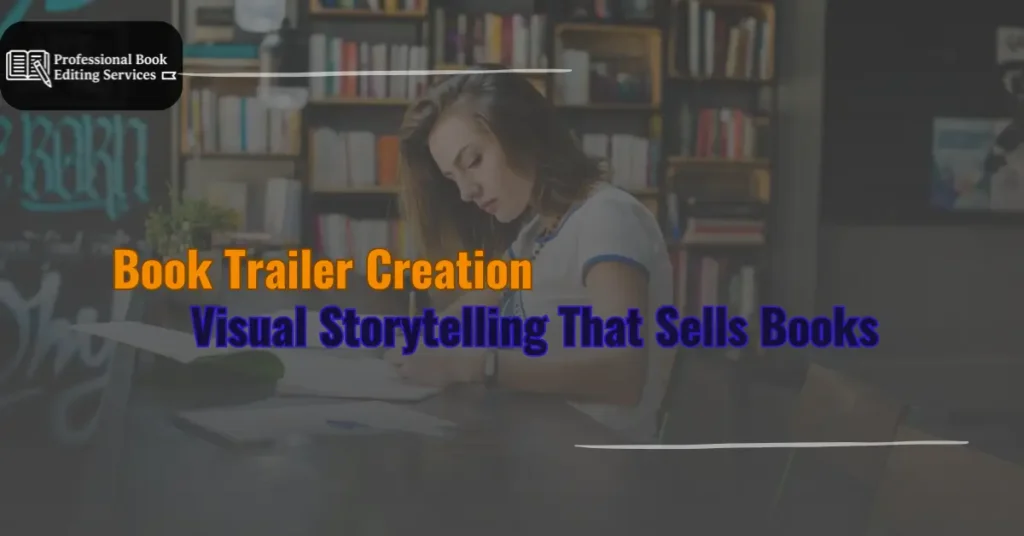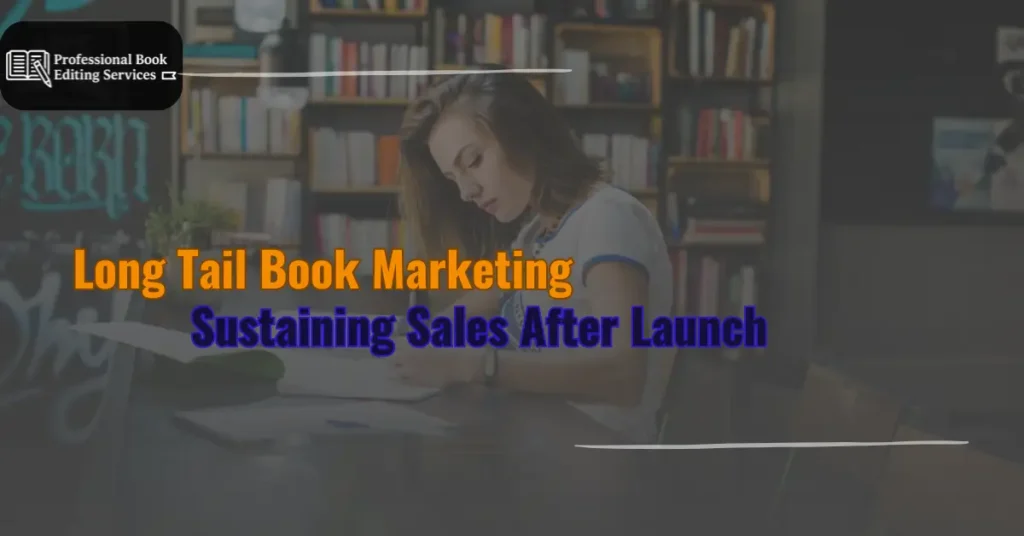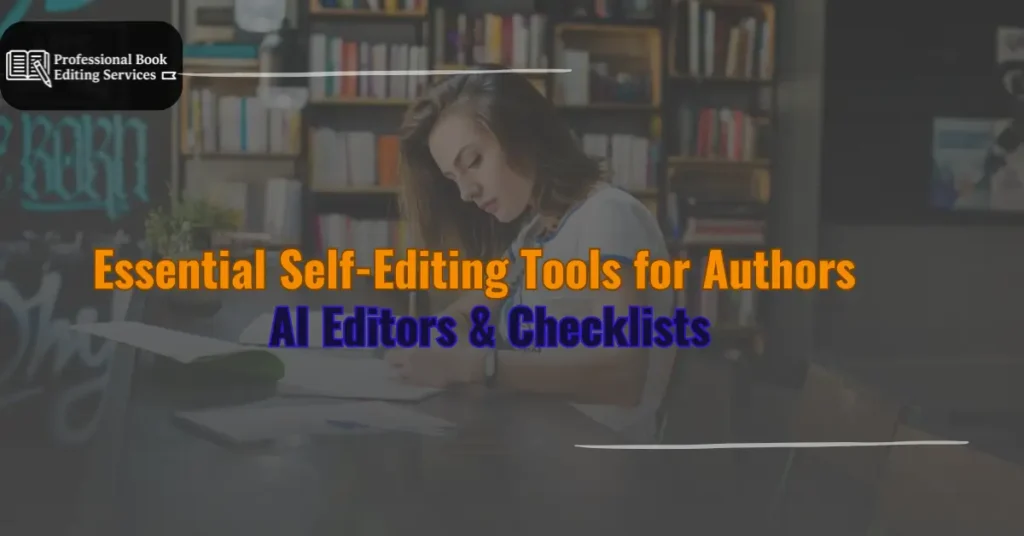Teen readers are quick to spot what feels real, and just as quick to tune out what doesn’t. Writing for them takes honesty, respect, and a sharp sense of voice. But writing is only half the equation. The other half is editing. And when it comes to shaping books for young readers, YA book editing is what ensures the voice rings true, the pacing holds tight, and the themes land where they’re meant to.
Editors working on YA manuscripts don’t just correct grammar or adjust chapter breaks. They engage with the tone, the character development, and the delicate balance of realism and inspiration. They help writers navigate complex topics without talking down to the reader or glossing over difficult truths.
A strong YA novel should reflect the emotional intensity of adolescence, the search for identity, and the feeling of discovering who you are in a world that doesn’t always make sense. Great editing doesn’t take that away. It sharpens it. Here’s how YA book editors help polish the story so that it becomes a hit among young adult readers.
Finding the Right Voice for Teen Characters
Voice is everything in YA. It’s what separates a compelling teen protagonist from one who feels like an adult in disguise. Editors focus on preserving and refining that voice so it sounds natural, current, and unique to the character.
This often means paying attention to sentence rhythm, vocabulary, and emotional tone. Editors ask: Does the character sound like a real teenager? Are they speaking in a way that fits their age, personality, and background? Do their thoughts and reactions feel grounded in a young person’s experience?
When writers lean too far into stereotypes or try too hard to sound trendy, the voice starts to break. Editors help rein it back in, shaping dialogue and narration to be authentic without relying on clichés or outdated slang.
Writers coming from other genres, such as fantasy book editing or science fiction editing, may find the adjustment to teen-centered dialogue challenging. But the process is the same: understand the audience, and shape the voice to meet them where they are.
Addressing Sensitive Topics with Care
YA fiction doesn’t shy away from hard conversations. It explores grief, trauma, identity, mental health, and more. But with young readers, how those topics are handled matters just as much as what’s being said.
Editors working in YA book editing are trained to recognize where content may be too abrupt, too vague, or potentially harmful. They don’t censor, but they guide. If a character’s trauma is dismissed or a serious issue is used only to raise stakes, the editor steps in.
Tone and context become essential. Editors look at how issues are introduced, whether consequences are shown, and if the emotional journey feels honest. They help authors create narratives that resonate, without exploiting pain or feeding stereotypes.
Writers used to genres like memoir editing or self-help book editing often bring emotional nuance to the page, which can help. But YA requires one more step: seeing everything through a teen’s eyes. Editors ensure that perspective never gets lost.
Structuring the Story for Young Readers
YA readers may be young, but they’re discerning. They expect stories to move with purpose. Chapters that lag or plotlines that loop tend to lose attention quickly. Editors make sure every scene earns its place.
This means tightening pacing, adjusting structure, and balancing internal and external stakes. Are we spending too long in one place? Is the emotional arc building steadily? Do early chapters set up payoffs later in the book?
Structure is especially critical in YA, where books often juggle romance, identity, school life, friendships, and family dynamics. Editors help smooth the transitions between these threads and maintain narrative clarity.
This is not unlike the work done in thriller editing, where pacing and tension are paramount, or in YA fantasy editing, where world-building must work hand-in-hand with emotional growth. The same editorial instinct, knowing when to move, when to linger, is at play.
Avoiding Common YA Pitfalls
YA fiction comes with a few common traps: preachy dialogue, unrealistic conflicts, and one-dimensional side characters. Editors are on alert for these.
They test the realism of conversations. They challenge plot turns that feel too neat or moralizing. They encourage depth in characters outside the protagonist so the world feels populated with full, believable people.
Another major red flag? Narratives that don’t evolve. Teen characters need room to grow, not just in response to external events, but internally. Editors ensure arcs are present, layered, and meaningful.
Authors new to YA, especially those coming from children’s book editing or short story editing, might need support in stretching those arcs over a full-length novel. Editors are key in helping that shift happen.
Visual and Emotional Balance
YA novels often blend fast pacing with emotional weight. Striking that balance is a craft. Editors pay close attention to rhythm and transitions. Are heavy moments given space to breathe? Are action scenes grounded in emotion?
When a story leans too hard in one direction, too frantic or too introspective, the editor helps restore balance. They guide the author in creating a flow that keeps readers engaged without exhausting or overwhelming them.
Visual clarity also plays a role. Chapter breaks, white space, and section transitions all affect how a teen reader experiences the story. Editors may suggest layout adjustments or structural edits to support reading ease.
These considerations aren’t limited to YA. Similar practices show up in non‑fiction editing, where pacing impacts comprehension, or in historical fiction editing, where detail must balance with story.
Early Input and Editorial Collaboration
Strong YA novels often begin with early input from beta readers and editors. Teen readers, in particular, give invaluable feedback about what rings true and what feels off.
But beta readers can’t always explain why something doesn’t work. That’s where editors come in. They connect the dots between feedback and revision, helping the author make changes that solve problems without losing voice.
Authors can also use self-editing tools for writers to polish early drafts. These tools won’t catch voice or sensitivity issues, but they can clean up grammar, repetition, and basic clarity, making the editor’s job more focused and efficient.
Genre Crossovers and Complexity
YA novels often blend with other genres, such as fantasy, sci-fi, romance, and historical fiction. Each brings its own demands. Editors experienced across categories, such as romance novel editing, fantasy book editing, or science fiction editing, help manage those crossovers without losing sight of the YA core.
In a YA sci-fi novel, for example, the tech must make sense, but the teen protagonist still drives the story. In a romantic subplot, the emotions must feel real, not idealized.
Editors’ guide that blends. They help authors stay rooted in the YA voice while handling complex world-building or multi-genre layers.
Conclusion
Editing young adult fiction is about honesty, clarity, and emotional resonance. YA book editing ensures that the voice is real, the pacing is strong, and the themes land with care and power.
The goal isn’t to simplify, but to connect. Editors work to amplify what’s already true in the manuscript: a voice worth listening to, a story worth sharing, and characters that young readers will see themselves in.
And whether it’s done in YA or in genres like self-help book editing, poetry editing, or historical fiction editing, the editor’s job remains the same: to serve the story and serve the reader.





